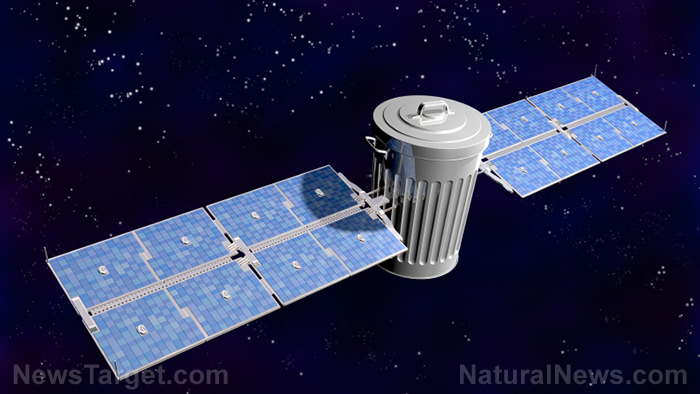
British data analytics firm GlobalData wrote in its Tech, Media and Telecom Predictions 2021 report that Earth-facing activities in space "will experience significant growth in the next decade." Its report also noted a finding by the Center for Climate and Energy Solutions that the energy sector accounts for more than 30 percent of greenhouse gas emissions worldwide. Thus, SBSP was put forward as a cleaner option for the industry.
SBSP works by using satellites in orbit equipped with huge solar reflectors. These reflectors will concentrate energy from the sun onto solar panels. The energy from the solar panels then be turned into electromagnetic radiation, to be beamed back to Earth in the form of either laser or microwave. A rectifying antenna on the ground will then finally collect the resulting waves or electromagnetic radiation beamed from space and convert it to electricity, which is then distributed to the grid.
The concept of SBSP satellites bears a number of similarities to those seen in two 007 movies: Diamonds are Forever from 1971 and Die Another Day from 2002. Both films involve a satellite harnessing the power of the sun, albeit used for nefarious purposes.
SBSP has a number of advantages over conventional solar power. First, solar power collection will no longer be impeded by bad weather and nighttime. Satellites in orbit can continue collecting and concentrating the sun's energy no matter what season. This is advantageous especially in the winter months: Only three percent of sunlight reaches the Earth in an average winter month in Europe.
Second, energy storage issues are addressed because the continuous stream of power from the sun would allow energy to be directly beamed down then needed, Third, sunlight from space is much more intense compared to when it is collected from the Earth. The atmosphere filters the light from the sun, which also weakens it by the time it hits the planet. SBSP could generate 40 times more energy than Earth-based solar power, according to energy matching service Greenmatch.
Space-based solar power adds a new dimension to the new space race
While SBSP has many advantages over Earth-based solar power, its exorbitant cost remains a major hurdle to overcome before it sees commercial use. Theoretically, technologies to make SPSB a reality are already existent. But the astronomical funding needed for production, launch and assembly impedes its commercial viability. Technological advances in recent years have significantly lowered launch costs and giving the project a new hope.
SBSP is a clean, viable and long-term solution for the Earth's energy needs. Thus, a number of nations are in a race to develop technologies that allow unimpeded solar energy collection – with a geopolitical and commercial advantage at the finish line. The U.S., China and Japan are some of the current key players in SBSP – all eager to secure access to a clean and unlimited power source.
China appears to be leading the race, announcing its intent to send a prototype into space. Chinese state-owned news outlet CGTN reported in January 2021 that the country aims to launch its first solar probe in the first half of 2022. Its Advanced Space-based Solar Observatory (ASO-S) is equipped with a solar telescope, a magnetic imager and an X-ray imager.
ASO-S Chief Scientist Gan Weiqun of the Chinese Academy of Sciences said the probe will observe solar activities and stormy atmosphere on the sun on a 24-hour basis. He added that it would also monitor solar storms at least one to three days before they arrive. This would enable advanced notices of possible damage to the Earth's electromagnetic field to be issued. (Related: China developing "killer satellites" and "directed energy weapons" to challenge US in space.)
Prior to the ASO-S launch, the U.S. sent a space-based solar panel back in May 2020. Researchers with the United States Navy sent the Photovoltaic Radiofrequency Antenna Module (PRAM) – which is no bigger than a pizza box – into orbit. Currently, the PRAM now loops around the Earth every 90 minutes capturing sunlight.
The panel is designed to maximize the amount of light energy in space and beam it back to Earth to generate energy. Blue waves the PRAM will collect retain huge amounts of energy, which the atmosphere would otherwise filter out. The 12-inch by 12-inch solar panel is enough to power one electronic device, but researchers are looking to scale it up to collect more energy.
Visit Power.news to read more about future technologies to bring solar power collection to space.
Sources include:
Please contact us for more information.























